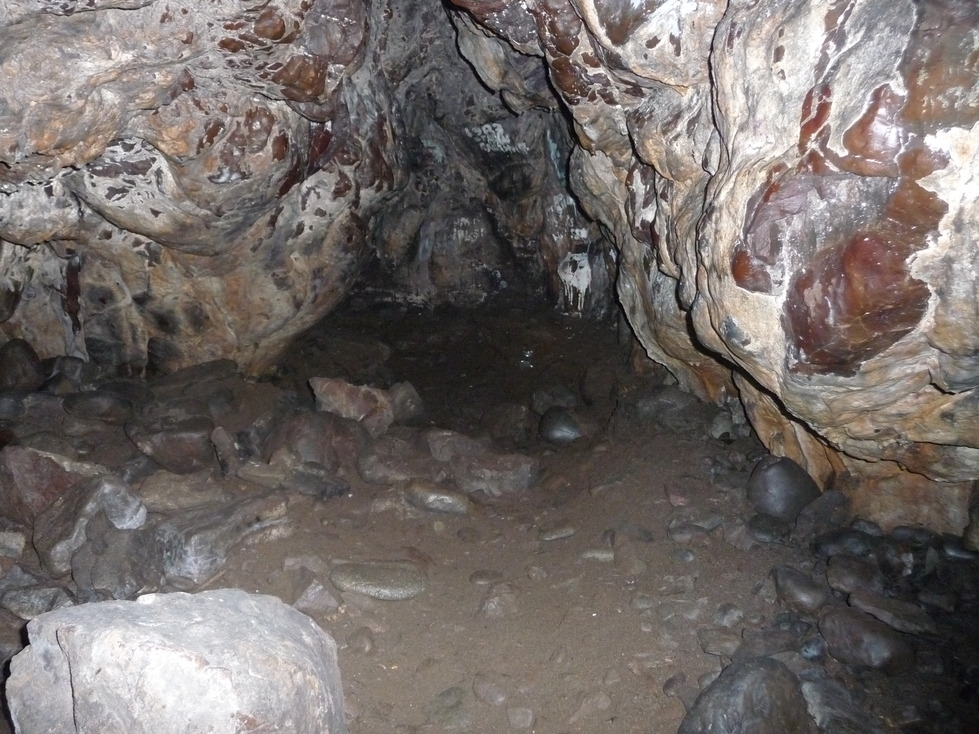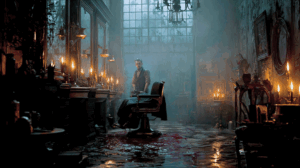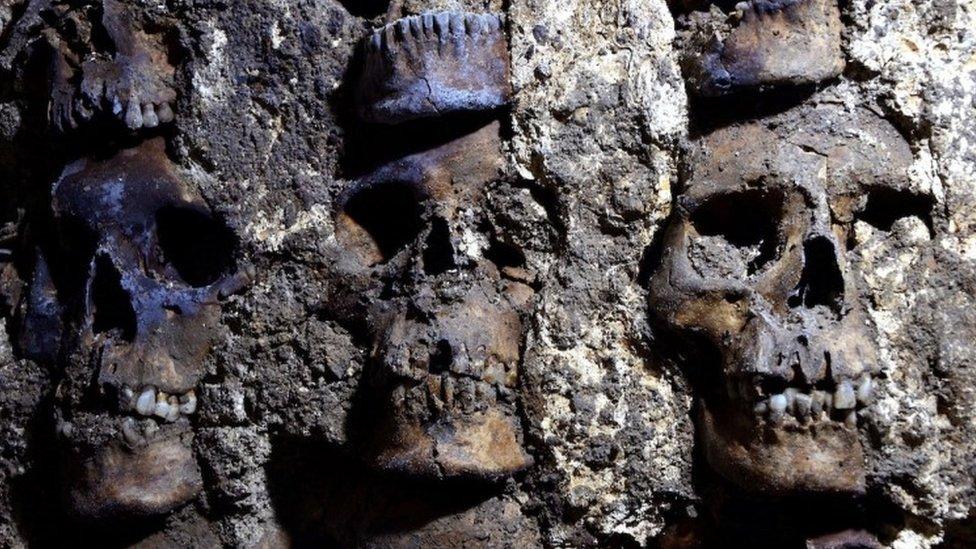
Scotland — 15th Century
They say some caves and stories should stay sealed. But here we are, standing at the misty banks of Scotland’s darkest legend.
Those faint of heart should turn back now. Consider this your warning.
In the sixteenth Century, during the reign of King James VI, travellers began vanishing along the coast road between Ballantrae and Girvan.
Not one or two, as might be expected in those lawless times, but hundreds — entire families, wedding parties, merchant caravans. They would set out in daylight and simply cease to exist, leaving behind only blood-soaked earth and, sometimes, a gnawed finger or two that the tide hadn’t claimed.
The locals whispered of demons, of sea-monsters dragging folk into the depths. They never imagined the truth was far worse: that less than a mile from their doors, a clan of forty-eight cannibals was systematically hunting, butchering, and devouring human beings with the precision of an Edinburgh slaughterhouse.

Alexander Sawney Bean
Alexander Sawney Bean fled East Lothian as a young adult, taking with him a woman whose appetites matched his own. A woman with dark eyes and a darker heart. Agnes “Black” Douglas.
Both were unappealing characters. Swaney Bean, by all accounts, was a gravelly, antisocial kind of personality. The clinical kind, and Douglas was no better. She was dubbed a witch by some, possibly because of her appearance.
While Scotland fought through border wars and clan feuds, Bean and his wicked wife carved out their own kingdom of horror in Bennane Cave. A hidden tunnel that burrowed nearly six hundred feet into the rock.
At high tide, the sea sealed its entrance completely, hiding them from the world. At low tide, it yawned open like a mouth waiting to feed.
Here, they didn’t have to put up with neighbours’ comments or people disliking them.
The Cave Gave Them A Fitting Cover For Their Crimes
Within a decade, that cave had become a generational abattoir. Bean’s wife bore him fourteen children. Eight sons and six daughters. Each child was weaned on human milk and human meat.
When those children began breeding with each other, producing thirty-two grandchildren, the family’s efficiency became almost industrial.
They struck at dusk, when no one was around. Cloaked in darkness, they acted as they pleased, aware of every place where a scream would vanish unheard. The killings were quick; they knew that terror spoiled the meat.
Dismemberment Was Everywhere
What came after would have made even an Inquisitor retch. In chambers lit by candles of human tallow, bodies were dismembered while still warm. Choice cuts were eaten fresh, with much slurping and moans of delight.
Tougher flesh was salted or smoked over driftwood fires. The youngest child gnawed on finger bones to help with teething.
Nothing was wasted. Skin became leather. Hair-stuffed mattresses. Bones were boiled for broth.
If nothing, they were surely industrious.
For twenty-five years, horror reigned as local innkeepers were arrested and executed for the disappearances, their pleas ignored. Washed-up limbs were blamed on shipwrecks, while the bold Bean clan abducted entire groups, using their feral offspring to mimic cries for help and lure victims to their deaths.

Then, The Chose The Wrong Couple To Mess With
Their end came abruptly. They attacked a couple returning from a fair in Ayr.
The husband, a seasoned soldier, fought back. He watched his wife torn from her horse, and the scene that followed turned his hair white before morning. The Beans didn’t wait for her to die. They opened her throat and belly as she screamed, children swarming to drink, tugging at her entrails like ribbons from a gift.
Their inhibitions, coupled with getting away with murder for over two decades, had made them careless.
The man’s pistol and blade felled two before a band of armed fairgoers arrived, drawn by the shots. The Beans vanished into the cave, leaving only carnage and a man who would never sleep again.
King James Came To The Rescue
When the tale reached King James VI, he personally led four hundred soldiers and bloodhounds along the coast.
Their barks cut through the mist and gloom.
Sounds of gunshots and screaming had reached the villagers’ ears.
The Horror Of The Cave of Sawney Bean
The dogs found the cave. Inside, they discovered horror made solid: limbs hung from the ceiling like cured hams, barrels of pickled organs lined the walls, and piles of gold and clothing lay among mountains of gnawed bone. Blood dripped everywhere, making the earth a deep red.
The youngest Beans didn’t even flee. They had never seen so many living humans and reached out with curiosity, their teeth filed to points, their nails long as claws.

An Eye For An Eye?
There was no trial.
The evidence was literally stacked up before them.
By royal command, the entire clan was put to death. The men were dismembered joint by joint, their genitals burned before their eyes, and left to bleed to death. The women and children were forced to watch before being burned alive in great pyres that lit the night for miles. They died shrieking in a dialect no one could recognise — not Scots, not Gaelic, perhaps not human at all.
A fitting end for a family that thrived on human terror.
The cave at Bennane still gapes beneath the cliffs like an open mouth. Those who enter say the stone appears stained with blood, and the darkness feels eerie.
On storm nights, the locals claim to hear screams within, whether from the souls of their victims, the icy wind, or from the Bean clan still feeding in whatever hell they earned, none can say.
The Legend Varies
As a true legend, the “facts” surrounding the story vary. Even the dates and the Scottish king involved can change. Some versions say it all happened in the 15th century and James IV, while others say the 16th century and James VI.
References
- The Newgate Calendar (Vol. 1, London, 1774 – 1780).
- Nicholson, John. Historical and Traditional Tales Connected with the South of Scotland. Edinburgh, 1843.
- Dash, Mike. “The Real Sawney Bean? Exploring the Cannibal Myth of Scotland.” Journal of Folklore Research (Indiana University, 2005).
- Holmes, Ronald & Stephen. Witchcraft in British History. Frederick Muller, London, 1974.
- Holder, Geoff. Scottish Urban Legends: The Stories Behind Scotland’s Belief in the Supernatural. The History Press, 2007.
- Historic Environment Scotland. “Bennane Head Cave (Sawney Bean’s Cave).”
Keep the Fire Burning
If you love what we do and would like to get more insights into our thoughts and reasons behind telling these stories, consider visiting us on Ko-Fi.






